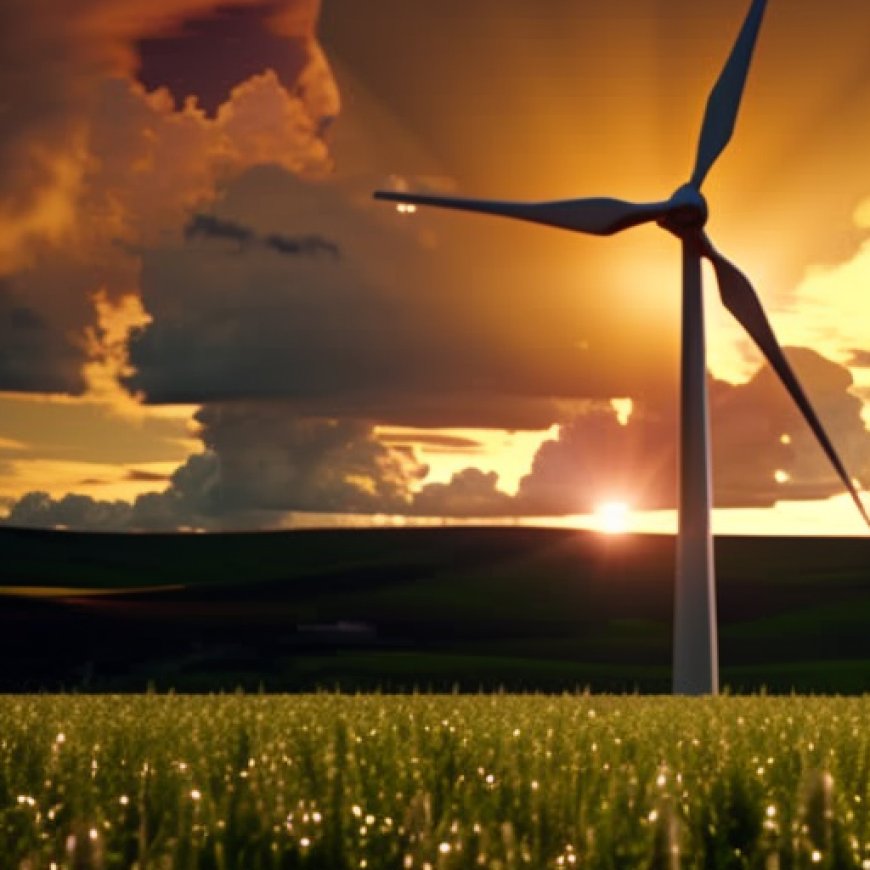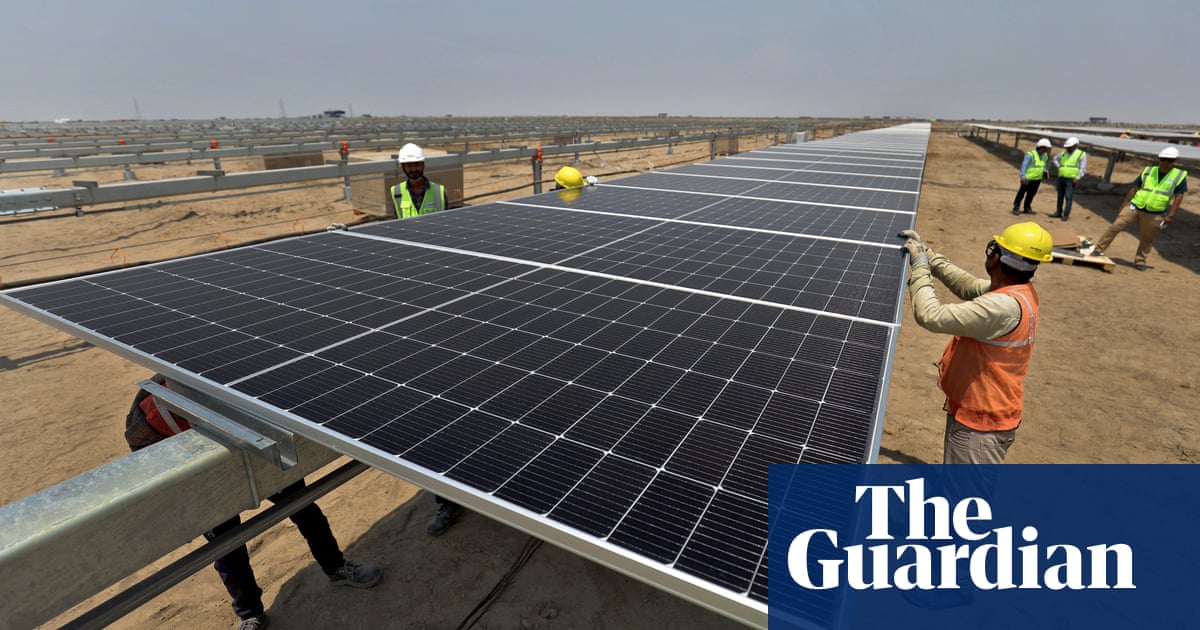Renewable energy passes 30% of world’s electricity supply
Renewable energy passes 30% of world’s electricity supply The Guardian


Sustainable Development Goals (SDGs): Renewable Energy Accounts for Over 30% of Global Electricity

Introduction
Renewable energy accounted for more than 30% of the world’s electricity for the first time last year following a rapid rise in wind and solar power, according to new figures.
The Rise of Renewable Energy
A report on the global power system has found that the world may be on the brink of driving down fossil fuel generation, even as overall demand for electricity continues to rise.
Clean electricity has already helped to slow the growth in fossil fuels by almost two-thirds in the past 10 years, according to the report by climate thinktank Ember. It found that renewables have grown from 19% of electricity in 2000 to more than 30% of global electricity last year.
The Impact of Solar Power
“The renewables future has arrived,” said Dave Jones, Ember’s director of global insights. “Solar, in particular, is accelerating faster than anyone thought possible.”
Solar was the main supplier of electricity growth, according to Ember, adding more than twice as much new electricity generation as coal in 2023.
It was the fastest-growing source of electricity for the 19th consecutive year, and also became the largest source of new electricity for the second year running, after surpassing wind power.
Global Electricity Data Review
The first comprehensive review of global electricity data covers 80 countries, which represent 92% of the world’s electricity demand, as well as historic data for 215 countries.
The Future of Fossil Fuel Generation
The surge in clean electricity is expected to power a 2% decrease in global fossil fuel generation in the year ahead, according to Ember.
“The decline of power sector emissions is now inevitable,” said Jones. “2023 was likely the pivot point – peak emissions in the power sector – a major turning point in the history of energy. But the pace of emissions falls depends on how fast the renewables revolution continues.”
The Role of Fossil Fuels in Global Energy
Although fossil fuel use in the world’s electricity system may begin to fall, it continues to play an outsized role in global energy – in transport fuels, heavy industry, and heating.
A separate study by the Energy Institute found last year that fossil fuels including oil, gas, and coal made up 82% of the world’s primary energy.
The Sustainable Development Goals (SDGs)
World leaders are aiming to grow renewables to 60% of global electricity by 2030 under an agreement struck at the UN’s Cop28 climate change conference in December.
This would require countries to triple their current renewable electricity capacity in the next six years, which would almost halve power sector emissions.
SDGs, Targets, and Indicators
| SDGs | Targets | Indicators |
|---|---|---|
| SDG 7: Affordable and Clean Energy | 7.2: Increase substantially the share of renewable energy in the global energy mix | The increase in renewable energy from 19% to more than 30% of global electricity last year |
| SDG 13: Climate Action | 13.2: Integrate climate change measures into national policies, strategies, and planning | The decline of power sector emissions and the pivot point in peak emissions in the power sector |
| SDG 9: Industry, Innovation, and Infrastructure | 9.4: Upgrade infrastructure and retrofit industries to make them sustainable | The growth of renewable energy as a source of electricity generation |
1. Which SDGs are addressed or connected to the issues highlighted in the article?
The issues highlighted in the article are connected to SDG 7: Affordable and Clean Energy, SDG 13: Climate Action, and SDG 9: Industry, Innovation, and Infrastructure.
2. What specific targets under those SDGs can be identified based on the article’s content?
The specific targets identified based on the article’s content are:
- Target 7.2: Increase substantially the share of renewable energy in the global energy mix
- Target 13.2: Integrate climate change measures into national policies, strategies, and planning
- Target 9.4: Upgrade infrastructure and retrofit industries to make them sustainable
3. Are there any indicators mentioned or implied in the article that can be used to measure progress towards the identified targets?
Yes, there are indicators mentioned in the article that can be used to measure progress towards the identified targets:
- The increase in renewable energy from 19% to more than 30% of global electricity last year indicates progress towards Target 7.2.
- The decline of power sector emissions and the pivot point in peak emissions in the power sector indicate progress towards Target 13.2.
- The growth of renewable energy as a source of electricity generation indicates progress towards Target 9.4.
Copyright: Dive into this article, curated with care by SDG Investors Inc. Our advanced AI technology searches through vast amounts of data to spotlight how we are all moving forward with the Sustainable Development Goals. While we own the rights to this content, we invite you to share it to help spread knowledge and spark action on the SDGs.
Fuente: theguardian.com

Join us, as fellow seekers of change, on a transformative journey at https://sdgtalks.ai/welcome, where you can become a member and actively contribute to shaping a brighter future.







